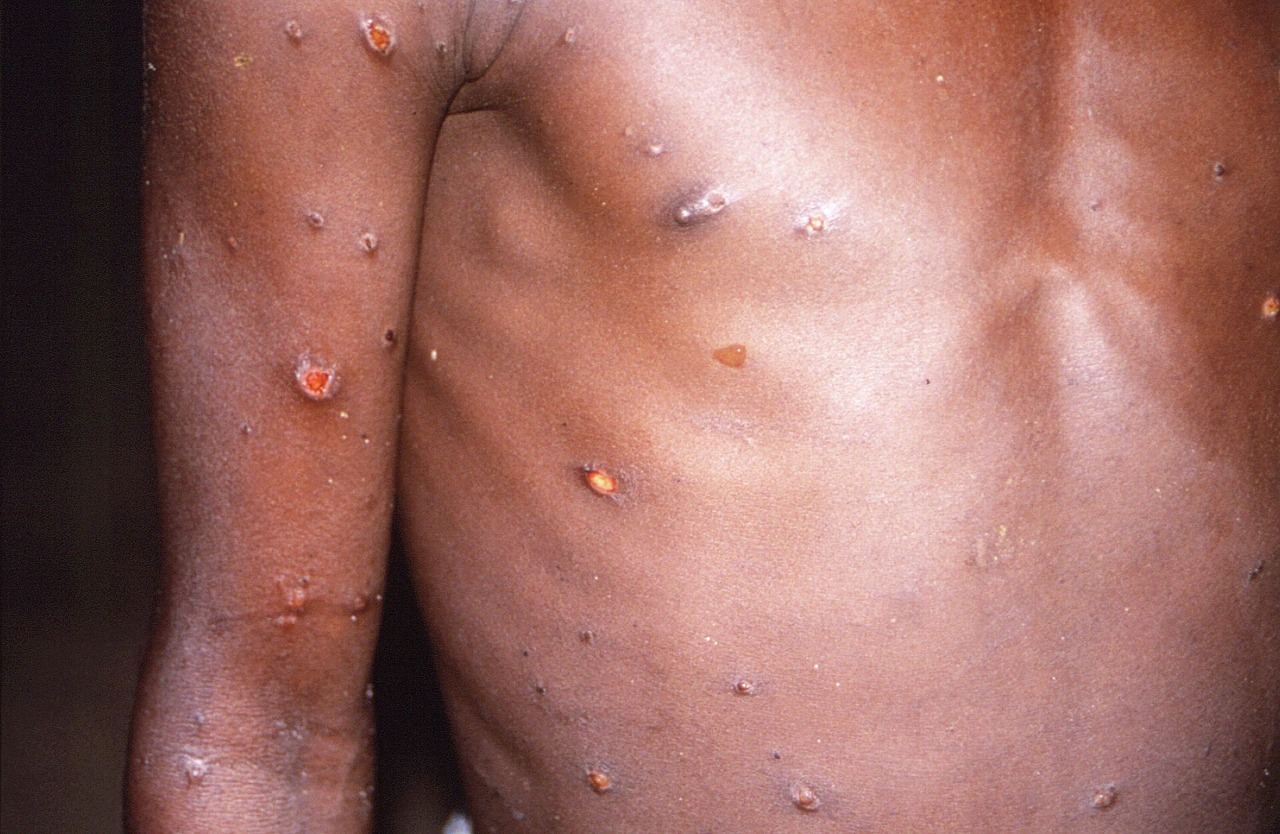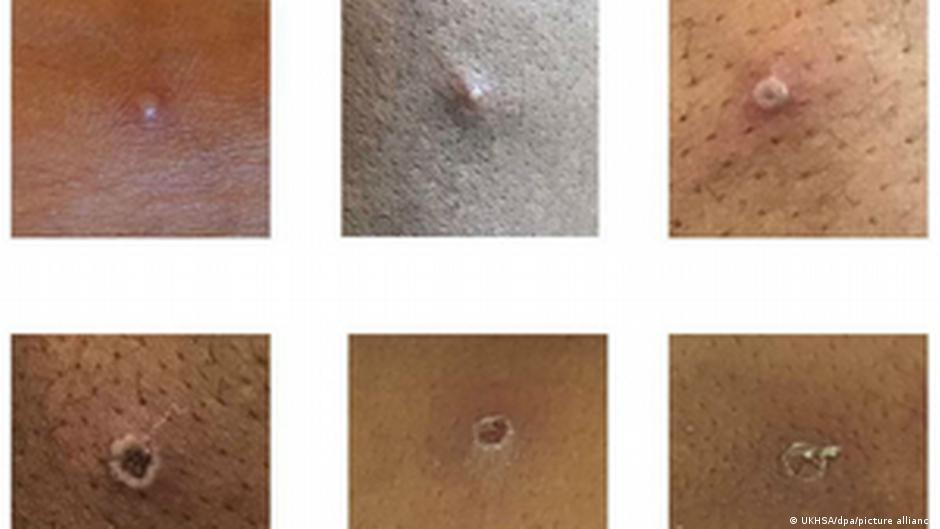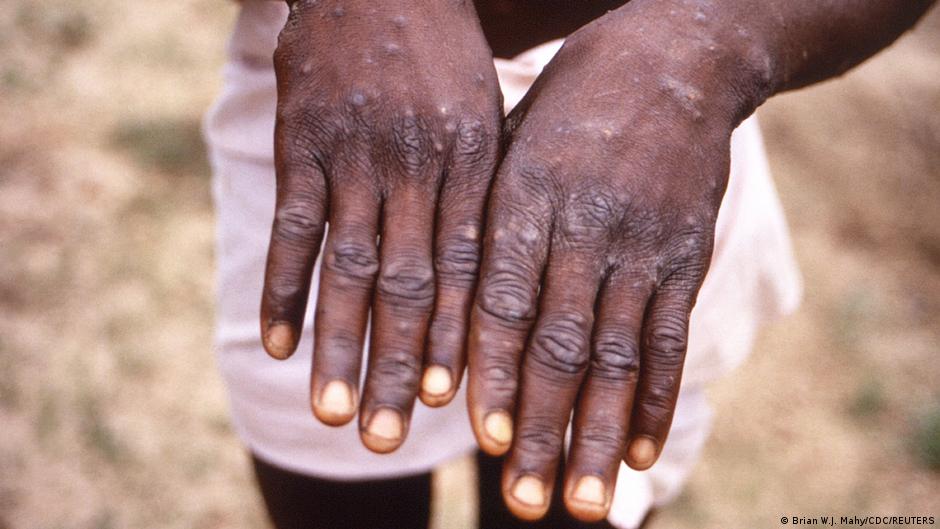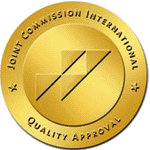What you need to know about monkeypox?

Monkeypox is a zoonotic (transmitted to humans from animals) infectious disease caused by the monkeypox virus. Also, this infection can be transmitted from person to person.
For the first time, monkeypox was discovered in 1958 in a colony of laboratory monkeys, and in humans - in 1970. Basically, monkeypox is found in the countries of Central and West Africa. In May 2022, monkeypox was detected in several non-endemic countries.
According to WHO, to date, monkeypox has already been detected in 75 countries of the world, more than 16 thousand cases of infection and 5 deaths have been recorded. Most often, infections are detected in Europe and America, more among men.
Symptoms of the disease:
- Fever
- Strong headache
- Muscle pain
- Back pain
- Weakness
- Enlarged lymph nodes
- Rashes and skin lesions
With a mild course of the disease, the symptoms resolve without treatment within a few weeks. In severe cases, complications are possible, such as:
- skin infections
- pneumonia
- confusion
- eye infections
- vision loss
- fatal outcome
Anyone who develops symptoms resembling monkeypox should seek immediate medical attention.
Risk groups (who are more susceptible to infection).
- People who have close physical contact with smallpox monkeys
- People with underlying immunodeficiency conditions
- Newborns and children
- Medical workers
It's important to know! Anyone who has close contact with an infected person is at risk of contracting monkeypox.
Sources and ways of transmission of infection:
The sources are sick monkeys and sick people.
Transmission routes:
- Contact: the rash and biological fluids of the patient ( pus and blood from lesions on the skin and oral mucosa ), crusts from sores, saliva are considered especially contagious.
- Contact household: through bed linen, towels or household items ( cutlery and crockery ) of an infected person.
- Sexual way.
- The virus can be transmitted to the fetus through the placenta during pregnancy
- To the child during or after childbirth through skin-to-skin contact.
How to protect yourself and others?
- Refrain from traveling to countries affected by monkeypox!
- Limit contact with people suspected or confirmed to have monkeypox.
- If you are a healthcare worker or live with a sick person and physical contact with an infected person is unavoidable, the sick person should self-isolate and, if possible, avoid revealing skin lesions (for example, covering the rash with clothing).
- When approaching a sick person, you and the sick person should wear a medical mask.
- If possible, avoid touching the skin of the patient, use disposable gloves when contacting.
- When in contact with clothing or bedding of an infected person, a mask and gloves should also be worn.
- Hands should be regularly washed with soap and water or treated with an alcohol-based hand sanitizer, especially after contact with an infected person, or touching their clothes, bedding, towels, or other objects or surfaces.
- Thoroughly wash clothes, towels, bed linen and wash dishes, cutlery with warm water and detergents.
- Sanitize and disinfect all surfaces that may contain the virus.
- Raising awareness of the new outbreak will help contain the further spread of the virus.
About vaccination, according to WHO:
People previously vaccinated against smallpox have some degree of protection against monkeypox. Since vaccination against smallpox was discontinued in 1980, when smallpox was declared the first completely eradicated disease, the originally used smallpox vaccines are no longer available to the general population, and people under 40-50 years of age are not vaccinated against it in the vast majority.
Newer smallpox vaccines are sometimes given to workers in some laboratories and health care facilities. For example, in 2019, one of the newest smallpox vaccines (MVA-BN, also known as Imvamune, Imvanex or Jynneos) was approved for the prevention of monkeypox, but it has not yet been widely adopted.
WHO is currently working with manufacturers to improve vaccine availability.



In preparing the material, data from the WHO website were used
https://www.who.int/ru/news-room/questions-and-answers/item/monkeypox




